Fall Perennial Garden Wrap-Up
Fall Perennial Garden Wrap-Up
People frequently think about putting the perennials “to bed,” in the fall, but in addition to seasonal tasks such as cutting stems down and spreading compost, it’s the perfect time to evaluate your flower gardens. Such appraisals can provide a plan of action that is a map to a more beautiful garden next year. While the past growing season is still fresh in your mind, go out into your gardens and make some notes based on the following questions.
Did I have flowers in this garden from spring through the fall? If not, write down when the gardens were most beautiful, and when it was lacking color. Then ask yourself if you have room to put in other perennials that will bloom earlier or later in the season. If the answer is no, then you might want to consider making some space for annuals that will flower all summer. A large perennial garden can be designed so that there are groups of plants that vary in their flowering times, but smaller gardens do better when annuals are added.
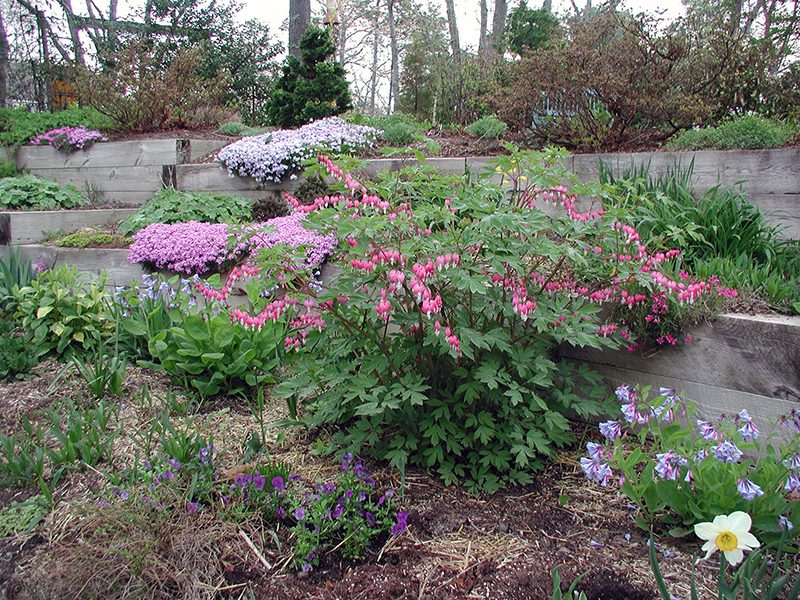
Have certain perennials taken over this garden over time? When this happens, you have two choices. You can live with having large groups of the more aggressive plants, or you can edit those down to allow for other perennials or annuals to be placed in the garden. Fall is a great time to clear out excess plants and add new loam and/or compost so that the new areas can be planted next spring.
Have certain plants lost vigor or stopped flowering well? Some plants such as Siberian iris, or Shasta daisies end up growing out from the center of the clump over time. They not only form a donut shape with bare centers, but often that newer growth is less vital and the plants no longer bloom much. Fall is the perfect time to pop these out of the garden, cut off three pieces of the newest, most vital growth, and place these back in the garden. The older, less vigorous parts of the clump should get put in the compost pile.
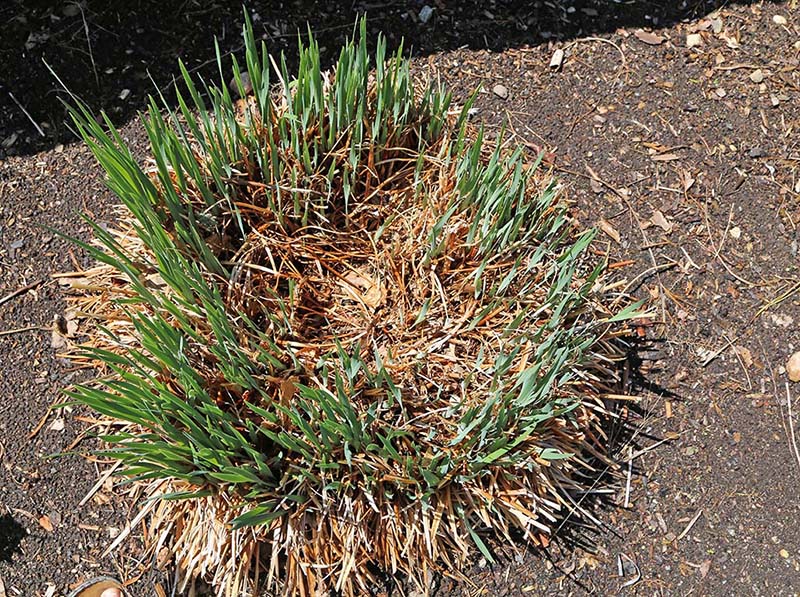
Does the garden have “some of this and some of that?” This is common when a gardener has tried many different plants in order to see how they do, only to discover that the garden lacks the impact that larger groups of flowers deliver. The solution here is to settle on which perennials grow the best and provide the most flower power, and plant more of those. Plants that you decide to move out can be transplanted (or given away) in the fall or spring.
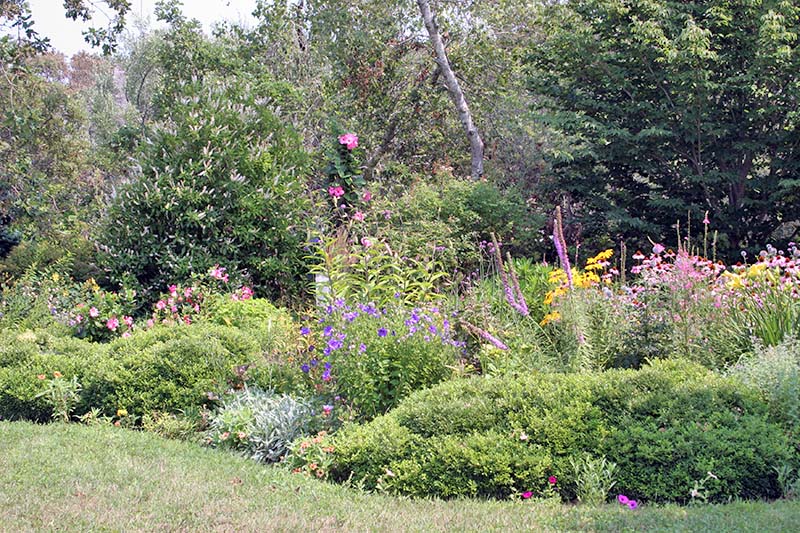
Are all the plants where they should be? Over time we might see that a particular perennial has gotten taller than we expected, and the garden would look better if it was moved to the back of the border. While these things are fresh in your mind, either move them in October, or make a note to do so in the spring.
Did the weeds get away from me this summer? It was a hot this year, and many of us stayed out of the garden as a result. Now, however, you might be seeing that weeds have invaded the perennials. If possible, deal with these now. Pull up such weeds now, and you’ll be happy you did come spring, since there will be new ones to deal with then.
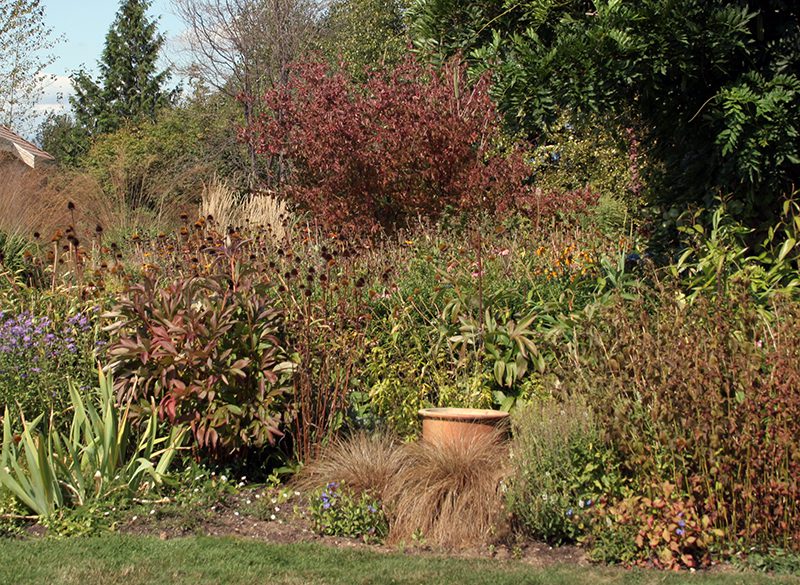
Do I need different perennials added to the few I already have? Many people assume that the plants marked “blooms all summer” or “repeat bloomer” means that this one perennial is all they need. Often they discover that these descriptions are only partly true. Now is the time to plan to add other varieties next spring, and winter is the perfect time to research which plants will please you and thrive in your garden.
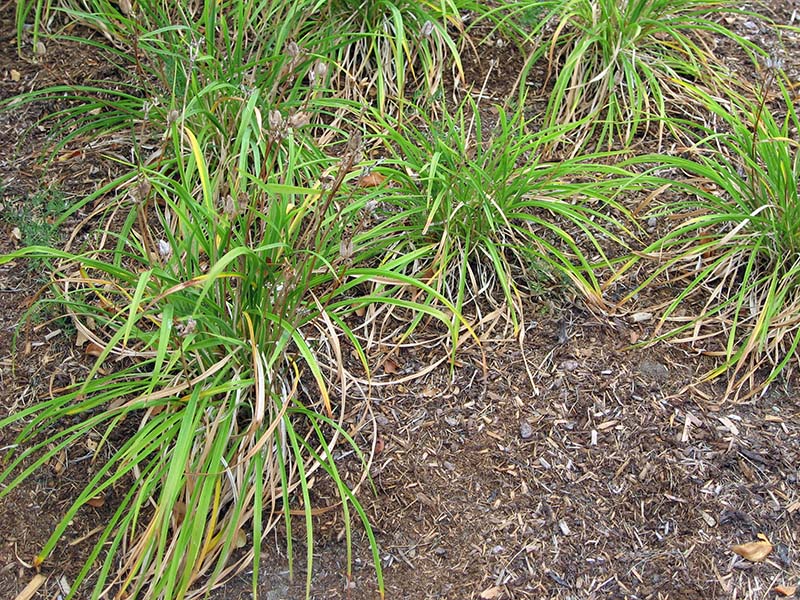
If you’re not going to do your editing and transplanting this fall you might find it helpful to purchase some plastic plant labels and write what you want to do using a permanent marker. Place those in the clumps you want to move or divide, or in places where you need to make changes. Then next spring you can pull a label out of the ground and it will remind you of the changes you need to make. Having it all labeled in the fall, while the garden is fresh in your mind, makes it possible to follow what you’ve written on the labels like a recipe. Alternatively, take photos now and print them out, writing notes that explain what needs to be done in the spring.
Subscribe To Our Newsletter
Sign up for our weekly email about sales and events.
